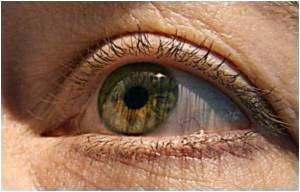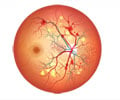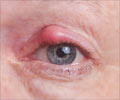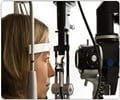Scientists have investigated eye movement difference in British and Chinese populations.

Working in China and in Britain, the team tested fast eye movements, called saccades. Participants in the study were asked to respond to spots of light with their eyes as they appeared suddenly to the right or left of their line of sight. The reaction time of the eye movements was the key measure that differentiated between Chinese and non-Chinese groups.
Dr Paul Knox, from the Institute of Ageing and Chronic Disease, explains: "In a person from any country in the world we would expect the reaction time of fast eye movements to be approximately a fifth of a second. Very rarely we find some people with eye movement reaction times that are much shorter than this, at around a tenth of a second. This, however, is usually assumed to be a sign of an underlying problem that makes it difficult to keep the eyes pointing where you would like for a long enough period.
"In our study, as we expected, 97% of British people had the common fifth of a second delay, and only 3% had the much faster response. In our Chinese group, however, 30% had the faster, less common response. Our participants were healthy, with normal vision, and yet the eye movement pattern previously thought to be rare, was relatively common in Chinese people.
"There could be a number of explanations for this and further investigation is needed to fully understand why populations differ. It could be that culture - where we grow up, the education, work and social activities we are exposed to - influence these particular biological responses even though our physical make-up is the same.
"The other possibility is that there are basic differences in brain structure and function that produce the kind of behaviour we identified. Maps of the brain were developed many years ago and were largely based on European populations. This became the blueprint for brain structure, but there could be differences between various populations."
Advertisement
Source-Eurekalert











